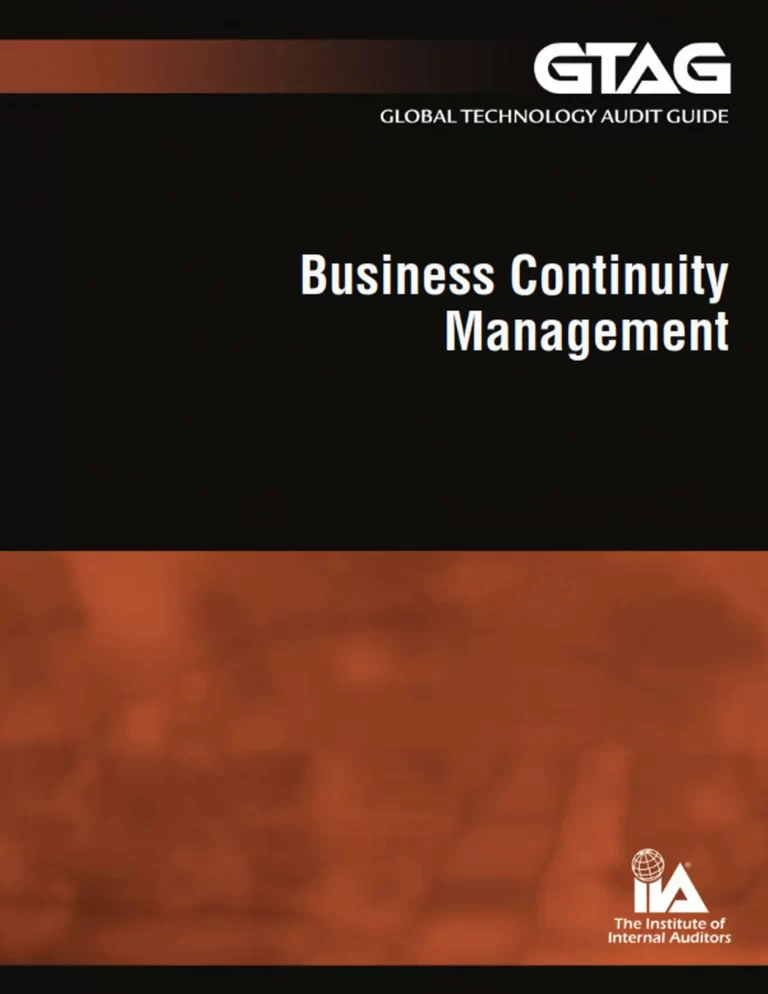Business & Management
Sales Book Process Instruments, Accessories And Reagents
Views : 9
Usually dispatched in 2 to 3 days
Usually dispatched in 2 to 3 days
Category:
Business & Management
Only logged in customers who have purchased this product may leave a review.
Related books
Taking The Next Step: Findings Of The Effective Utility Management Review Steering Group
Introduction:
In 2007, the Environmental Protection Agency (EPA) and six national water and wastewater associations, including the Association of Metropolitan Water Agencies (AMWA), the American Public Works Association (APWA), the American Water Works Association (AWWA), the National Association of Clean Water Agencies (NACWA), the National Association of Water Companies (NAWC), and the Water Environment Federation (WEF) – collectively the “Collaborating Organizations” – signed a historic agreement to promote Effective Utility Management (EUM) based on the Ten Attributes of Effectively Managed Water Sector Utilities and Keys to Management Success. Like the current review effort, the original EUM framework was driven by a group of leading water sector utility leaders, and a report detailed their
findings. This group of leaders sought a common and understandable framework for utilities across the sector to assess the overall effectiveness of their operations and chart a course for improvement through implementation and measurement.
Taking The Next Step: Findings Of The Effective Utility Management Review Steering Group
Introduction:
In 2007, the Environmental Protection Agency (EPA) and six national water and wastewater associations, including the Association of Metropolitan Water Agencies (AMWA), the American Public Works Association (APWA), the American Water Works Association (AWWA), the National Association of Clean Water Agencies (NACWA), the National Association of Water Companies (NAWC), and the Water Environment Federation (WEF) – collectively the “Collaborating Organizations” – signed a historic agreement to promote Effective Utility Management (EUM) based on the Ten Attributes of Effectively Managed Water Sector Utilities and Keys to Management Success. Like the current review effort, the original EUM framework was driven by a group of leading water sector utility leaders, and a report detailed their
findings. This group of leaders sought a common and understandable framework for utilities across the sector to assess the overall effectiveness of their operations and chart a course for improvement through implementation and measurement.
Business Continuity Management
Rated 5.00 out of 5
Citywide Inclusive Sanitation: How Can Resourcing Be Managed Effectively?
Introduction:
This publication forms part of a series looking at Citywide Inclusive Sanitation in terms of three closely related requirements for achieving safe, inclusive and sustainable urban sanitation: clear responsibility, strong accountability, and fit-for-purpose resource planning and management (Figure 1). Responsibility defines what entity has a mandate to deliver a service. Accountability mechanisms are then required to make sure that mandated responsibilities are fulfilled. Effective resource planning and management are required to so that mandated entities are sufficiently resourced to be able to fulfil their mandate. These three functions(responsibility, accountability, resource planning and management) are introduced in three short initial publications released in May 2021. This paper is one of three complementary publications that explain these functions in more detail, on the basis of specific case studies: this publication focuses on resource planning and management.
Citywide Inclusive Sanitation: How Can Resourcing Be Managed Effectively?
Introduction:
This publication forms part of a series looking at Citywide Inclusive Sanitation in terms of three closely related requirements for achieving safe, inclusive and sustainable urban sanitation: clear responsibility, strong accountability, and fit-for-purpose resource planning and management (Figure 1). Responsibility defines what entity has a mandate to deliver a service. Accountability mechanisms are then required to make sure that mandated responsibilities are fulfilled. Effective resource planning and management are required to so that mandated entities are sufficiently resourced to be able to fulfil their mandate. These three functions(responsibility, accountability, resource planning and management) are introduced in three short initial publications released in May 2021. This paper is one of three complementary publications that explain these functions in more detail, on the basis of specific case studies: this publication focuses on resource planning and management.
Project Management Plan
Introduction:
The Oregon Public Utility Commission (PUC or Commission) relies on a variety of applications to support its business functions related to the conduct of official proceedings. These include a custom-built legacy “BizApps” docketing system and Huddle, a third party service for eDiscovery. The PUC seeks to replace these systems with an integrated, cohesive, and efficient solution for internal and external stakeholders doing business with the Commission. By replacing the outdated and unsupported docketing system, PUC will be better equipped to serve stakeholders and the citizens of Oregon. The Dockets and Discovery project management plan defines how the Dockets and Discovery project is executed, monitored and controlled, and closed.
Project Management Plan
Introduction:
The Oregon Public Utility Commission (PUC or Commission) relies on a variety of applications to support its business functions related to the conduct of official proceedings. These include a custom-built legacy “BizApps” docketing system and Huddle, a third party service for eDiscovery. The PUC seeks to replace these systems with an integrated, cohesive, and efficient solution for internal and external stakeholders doing business with the Commission. By replacing the outdated and unsupported docketing system, PUC will be better equipped to serve stakeholders and the citizens of Oregon. The Dockets and Discovery project management plan defines how the Dockets and Discovery project is executed, monitored and controlled, and closed.















Reviews
There are no reviews yet.